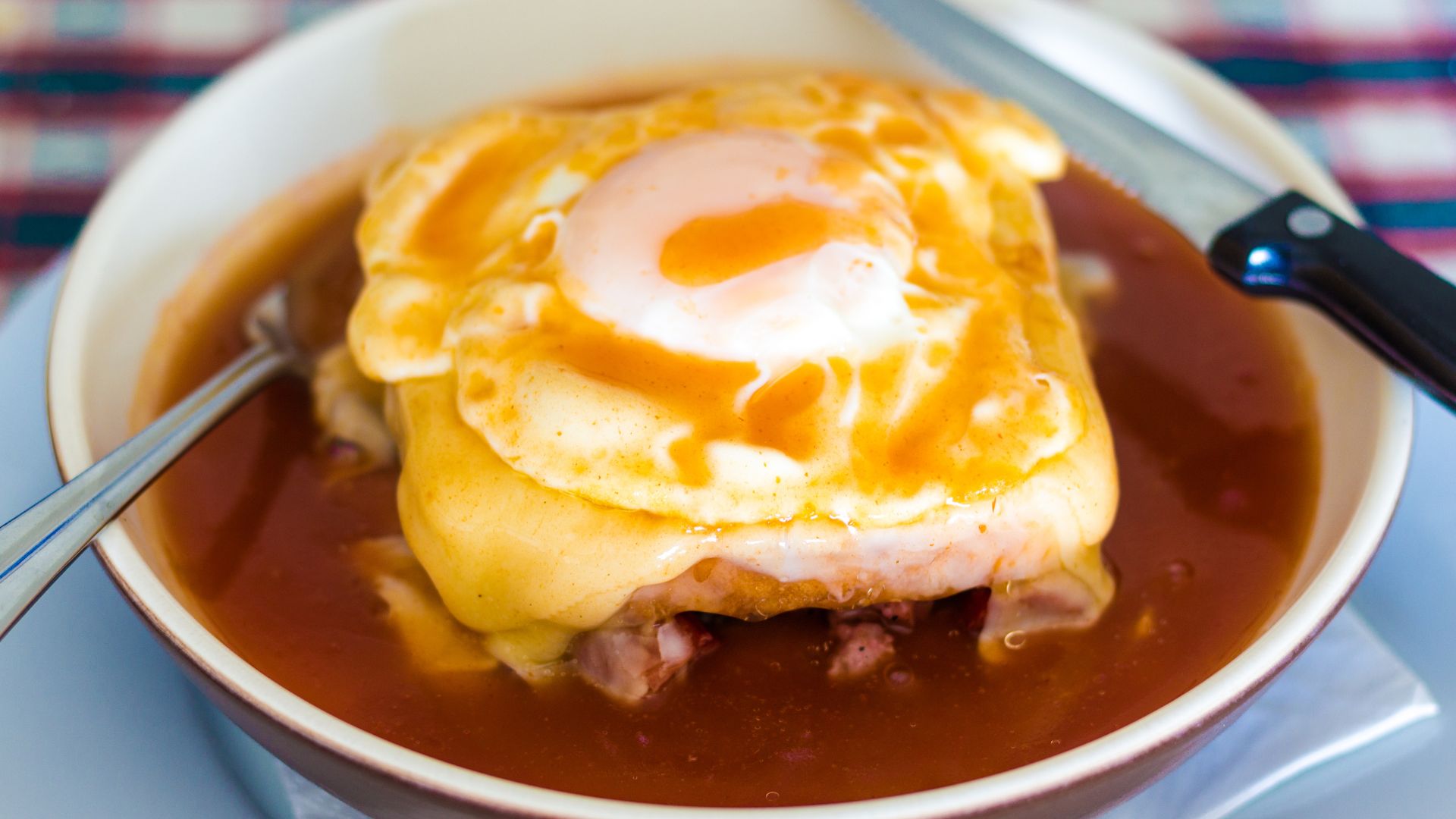Porto’s food scene pulls in food lovers from everywhere, but honestly, tasting the city like a local takes some curiosity and a bit of planning. You’ll find the morning buzz at Mercado do Bolhão, or maybe stumble into a cozy tasca serving up Portugal’s famous francesinha. Every corner here seems to have a new flavor waiting.
This 3-day itinerary will take you through busy markets, neighborhood hangouts, and those iconic port wine cellars for a real, flavor-packed adventure.
Each day brings something fresh from Porto’s unique food culture. I found myself at beloved bakeries, riverside cafés, and the legendary wine lodges across the Douro in Vila Nova de Gaia. Wandering these vibrant streets and sampling both classic and surprising dishes, I felt the city’s spirit in every bite.
Whether you’re a die-hard foodie or just curious about Porto beyond its stunning views, you’ll definitely find inspiration—and probably a craving or two—on this delicious adventure.
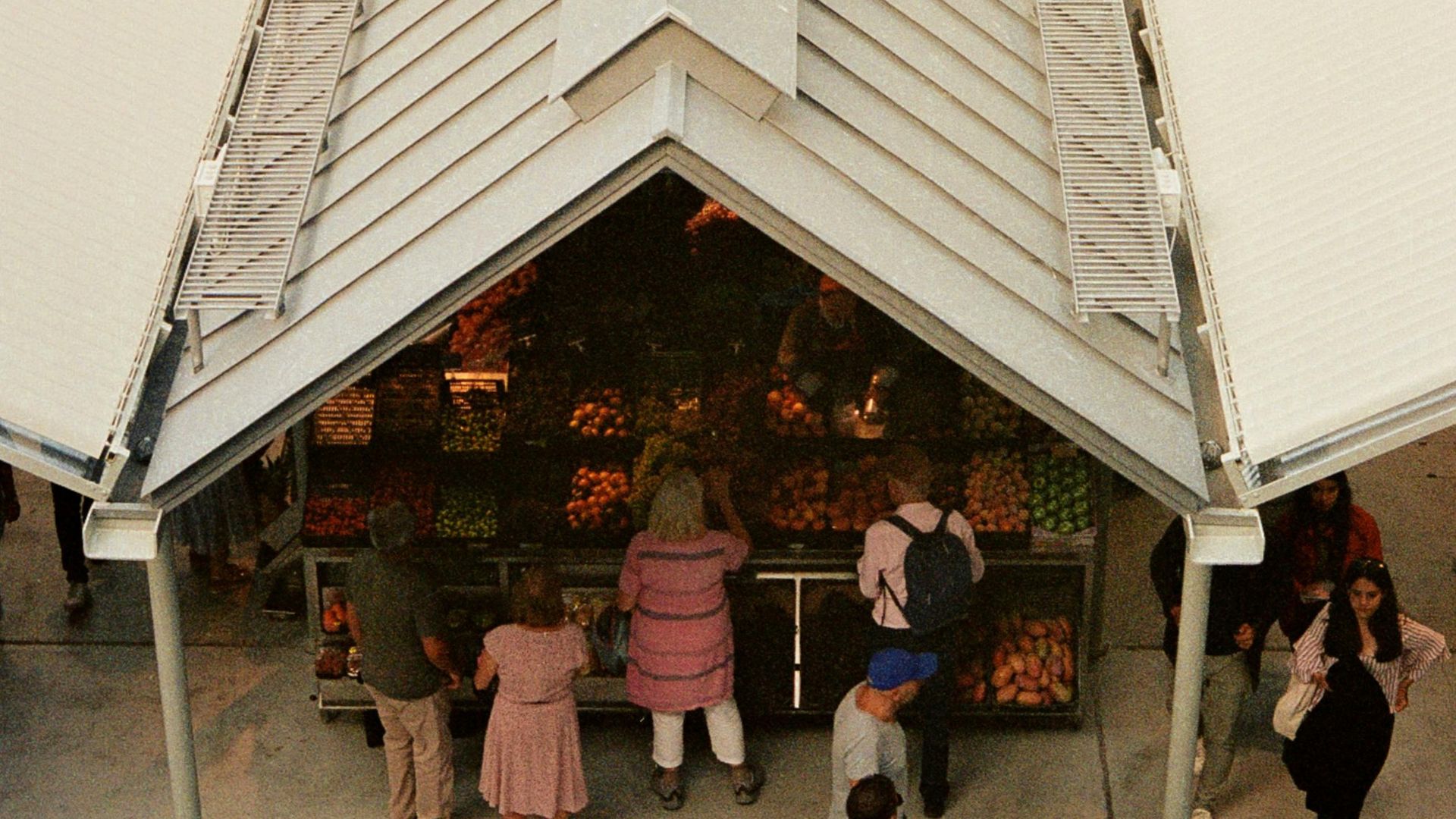
Essential Planning for a Foodie Trip to Porto
Finding the right time to dive into Porto’s food scene and figuring out how to hop between neighborhoods really makes a difference for food lovers. Exploring local markets, tascas, and wine cellars takes a bit of know-how, but trust me, it pays off.
Best Time to Visit for Food Lovers
I realized late April through June and September are the sweet spots for a food-focused Porto trip. The weather stays mild, crowds thin out, and scoring a table at a popular spot feels way easier. Late spring especially bursts with fresh seafood and local produce all over the city.
Porto’s food festivals pop up mostly in late spring and summer. The São João Festival in June? It’s wild—grilled sardines and snacks everywhere, the streets alive with music and laughter. If you’re into wine, September’s harvest season is magic, especially when the port wine harvest kicks off in the Douro Valley.
Tip: I’d skip August if you can. Many locals leave town, and you might find tascas or specialty shops closed for a break.
Navigating Porto’s Vibrant Neighborhoods
Every neighborhood here has its own vibe. Ribeira, with those river views, is the spot for classics like francesinha and grilled fish. I loved getting lost in its narrow streets and grabbing petiscos—basically, appetizer-sized bites.
Vila Nova de Gaia, right across the river, is where you’ll find the traditional wine cellars. I joined a couple of guided tastings there and learned way more about port than I expected. Don’t skip the aged tawny with local cheese. Meanwhile, the Mercado do Bolhão area in the city center buzzes with morning market energy—farmers and fishmongers setting up shop with the freshest stuff.
When I wanted something more local, away from the crowds, I wandered Cedofeita and Bonfim. Both neighborhoods have become food hotspots, packed with indie cafés and small tascas serving hearty stews and homemade desserts.
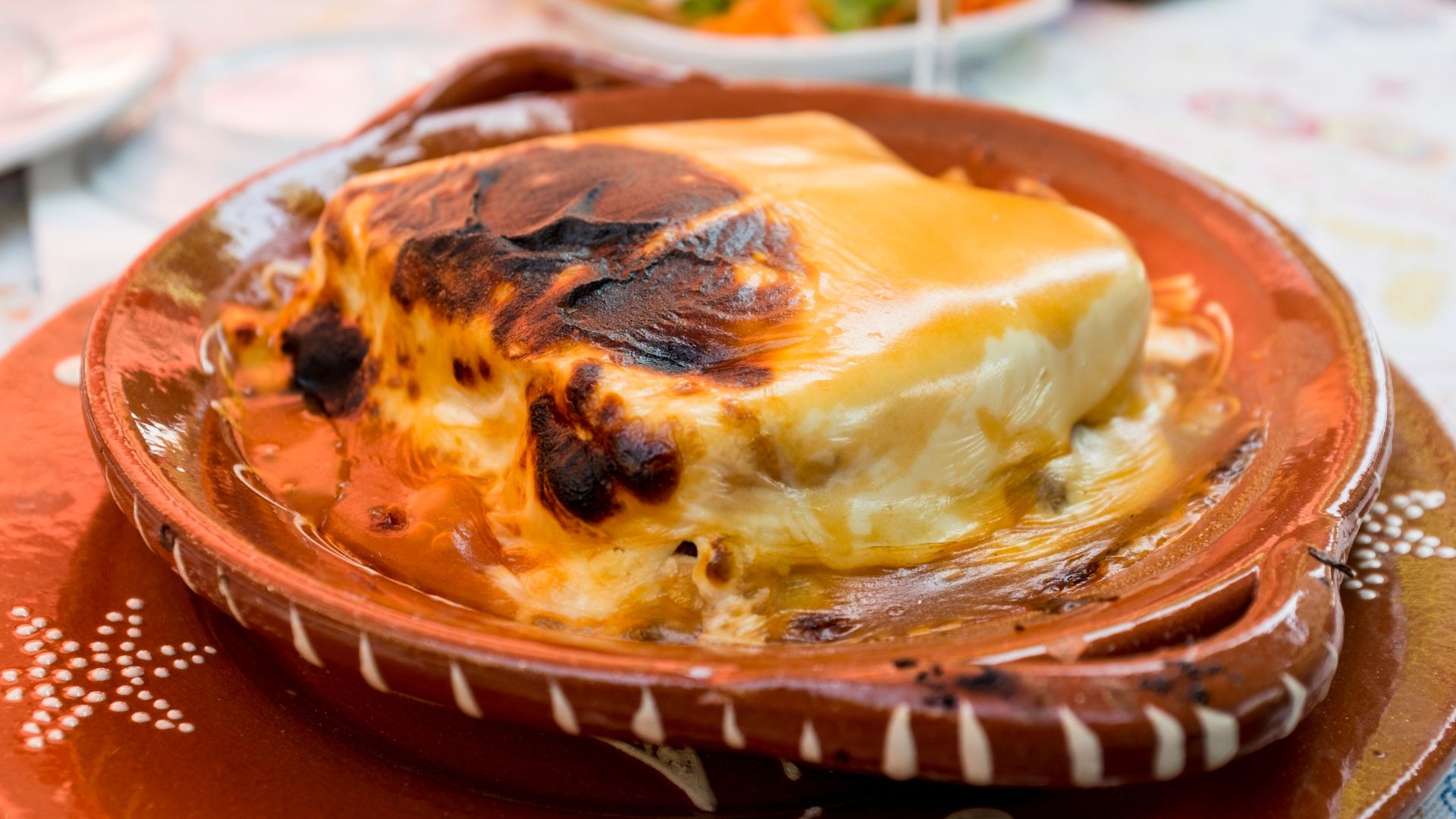
Tips for Exploring Markets, Tascas, and Porto’s Food Culture
I usually start my morning at a market like Mercado do Bolhão or Mercado Beira-Rio. If you get there early, you’ll find the best fruit, cheese samples, and time to actually chat with vendors. Some markets serve quick breakfasts—pastéis de nata with a shot of strong coffee? Yes, please.
For tascas, I found eating a bit off-peak worked best. Showing up after 2:00 PM for lunch or early for dinner meant less waiting and more time to chat with the owners, who always seem eager to recommend their favorites.
If you want to taste port wine, book those cellar tours ahead—especially in busy seasons. I made a list of regional foods to try, like tripas à moda do Porto and bacalhau. It helped me avoid missing out on the city’s classics.
Traveler’s Food Checklist for Porto:
| Food | Where to Try |
|---|---|
| Francesinha | Ribeira, City Center |
| Grilled Sardines | Ribeira, Foz |
| Bacalhau dishes | Tascas everywhere |
| Pastéis de nata | Markets, Bakeries |
| Port Wine | Vila Nova de Gaia |
A little planning made it so much easier to dive into Porto’s food culture and find the best bites.
Day 1: Exploring Historic Cafés, Local Markets, and Traditional Breakfasts
Porto wakes up slow. There’s this smell of fresh pastries in the air that pulls you outside. I jumped into the city’s history and flavors, hopping from elegant cafés to lively markets, and wandered cobbled streets lined with old stone buildings.
Kick-Start at Café Majestic
Café Majestic is my favorite spot to start the day. This Belle Époque café, open since 1921, stands out on Rua de Santa Catarina with its art nouveau look.
I walked in to marble tables, gilded mirrors, and soft light bouncing off crystal chandeliers.
Ordering a bica (Portuguese espresso) at Majestic feels like a ritual. The waiters wear crisp uniforms, and every coffee comes with a glass of water and a tiny treat, maybe a buttery biscuit.
I watched locals read the paper or chat quietly. If you’re hungry, grab a croissant or ovos moles—they’re both solid choices.
A window table makes for great people-watching before heading to the markets.
Sampling Breakfast Pastries at Bolhão Market
Bolhão Market is one of Porto’s oldest and most charming food spots. The stalls explode with color and scent—fresh produce, cheese, and pastries everywhere.
I went straight for the bakery counters. There’s broa (corn bread), sweet pão de Deus (coconut bread), and, of course, pastéis de nata. I grabbed a still-warm bola de Berlim (Portuguese donut) and nibbled as I wandered between stacks of cherries and baskets of sardines.
Vendors often offer samples, which is honestly the best way to discover something new. If you show a little curiosity, sellers get excited to explain what makes their treats special.
Walking Tour of the UNESCO World Heritage Site Ribeira
Ribeira is Porto’s most famous riverside neighborhood, and I can see why UNESCO gave it a nod. Narrow lanes twist past colorful row houses, and morning deliveries mix with the sounds of riverboats.
After leaving the market, I wandered Ribeira’s maze of alleys. Every turn brought something different—sunlight glinting on tiles, old signs above tiny tascas, or friends sharing breakfast at sidewalk tables.
Eventually, I found myself at Praça da Ribeira, watching the Douro River. It’s not a fancy meal spot, but the outdoor cafés serve up coffee and snacks with a killer view of the water and Dom Luís I Bridge.
Catching the riverside buzz in the morning set the mood for the rest of my food adventure.
Pastry Tastings: Pastel de Nata and Portuguese Classics
No foodie trip to Porto feels right without a proper pastel de nata tasting. I tracked down several top bakeries to compare. The best ones have a golden, blistered top, a flaky shell, and silky custard inside.
Besides pastel de nata, Porto offers plenty of regional pastries worth hunting down. A few favorites:
- Jesuíta: Flaky, sugar-dusted triangles from local pastry shops
- Éclair de Café: Chocolate glazed, coffee cream-filled éclairs
- Toucinho do Céu: Almond cake with a rich, eggy flavor
Every bite felt like a taste of history, whether I was at a candle-lit bakery or a family-run stall. Spending the morning sampling these was honestly the sweetest way to connect with Porto’s culture.
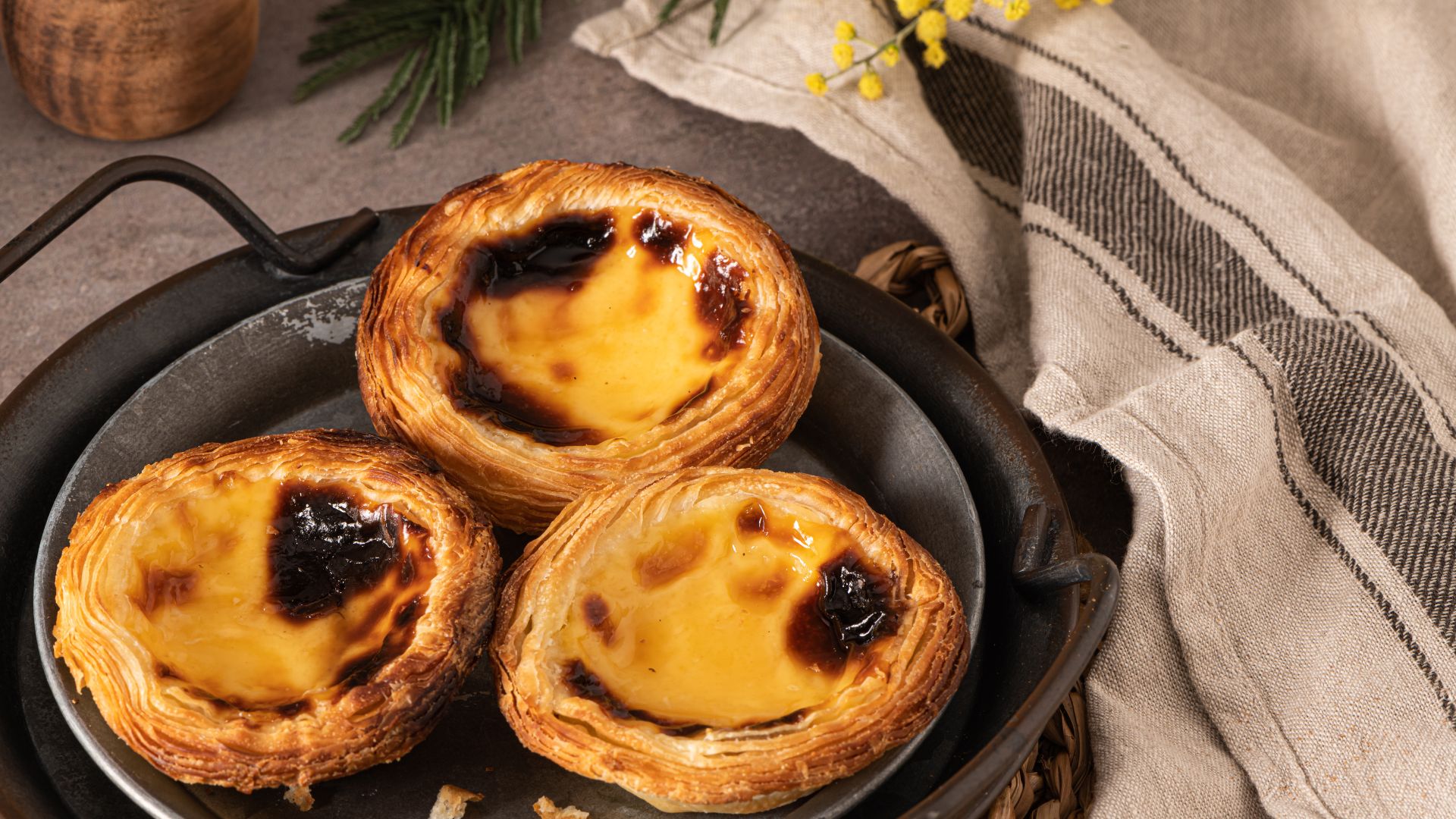
Day 2: Tascas, Tapas, and Authentic Portuguese Cuisine
My second day in Porto was all about finding where locals eat, tasting classics like bacalhau and octopus salad, and, of course, digging into the city’s famous francesinha sandwich. From family-run tascas to Michelin-starred spots, each meal showed me a new side of Portuguese food.
Lunching on Bacalhau and Octopus Salad in Hidden Gems
Lunch in Porto means searching out tiny, sometimes crowded tascas. These little places hide in old neighborhoods and narrow alleys, usually far from the tourist crowds. The menus are handwritten, sometimes only in Portuguese, but packed with treasures.
Bacalhau (salt cod) shows up everywhere. I tried it fried, grilled with potatoes, or baked in a creamy casserole with onions. It’s rich and hearty but not heavy.
Salada de polvo (octopus salad) is a cold dish with tender octopus, onions, olive oil, and parsley. It’s simple, fresh, and tastes like the sea. I love how these tascas nail the texture—so soft and tender. Most spots also serve house wine that pairs perfectly with lunch.
If you’re not sure where to go, local food tours often hit these hidden gems and let you sample several classics in just a couple of hours.
Francesinha: Porto’s Signature Sandwich
By midday, hunger usually leads me to the francesinha. This famous sandwich is pure Porto, and locals love to argue over who makes it best.
So, what’s a francesinha? It’s toasted bread stacked with cured meats, linguiça (Portuguese sausage), roast beef, and ham, all smothered in melted cheese. Then comes the spicy tomato and beer sauce—sometimes topped with a fried egg.
I recommend Cafe Santiago or O Afonso; locals rave about both. Expect a serious meal—the francesinha is filling, rich, and honestly a bit messy, so grab a fork and knife. Some places have a veggie version, but the classic wins for me.
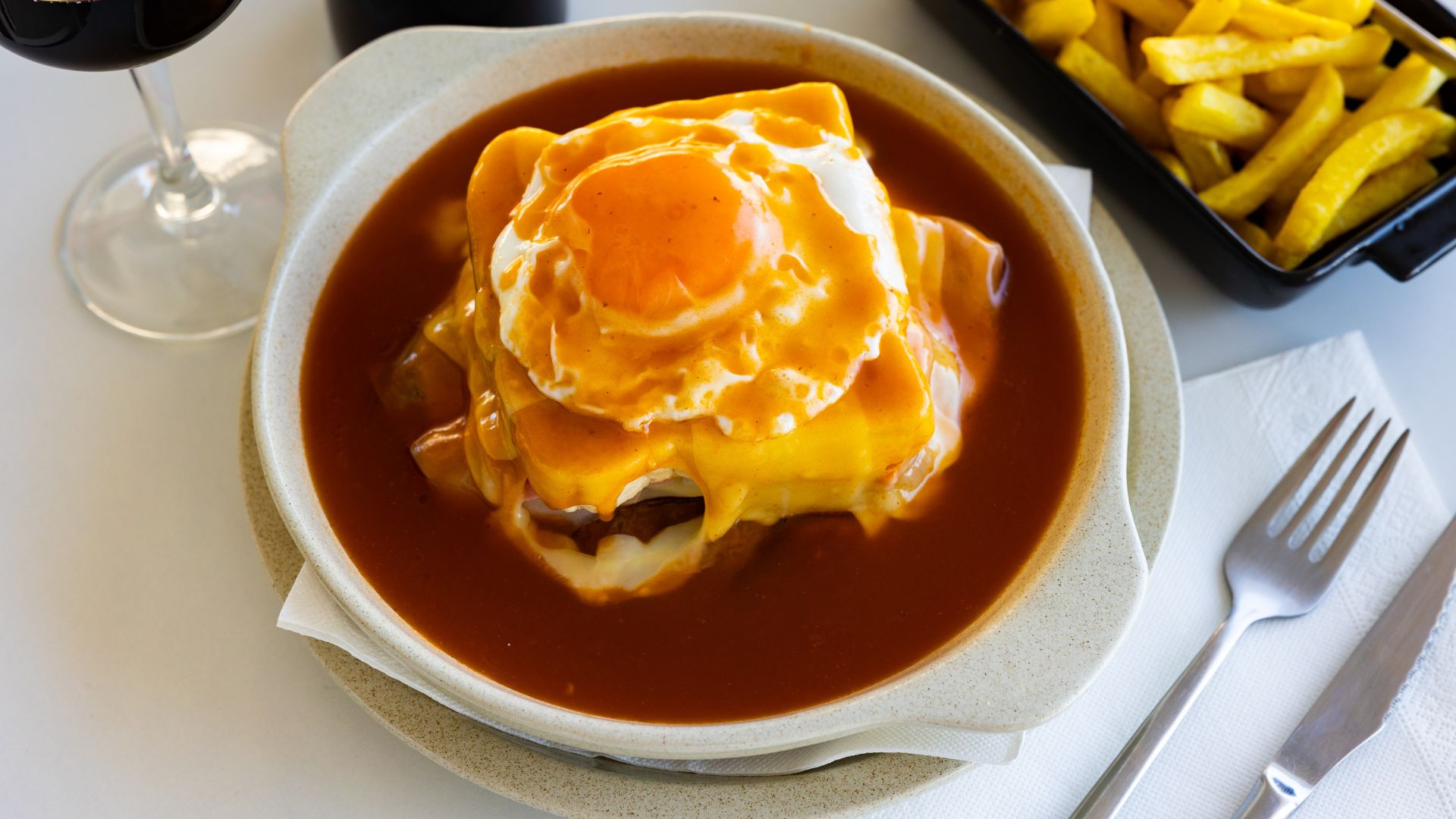
Evening Tapas and Duck Rice Experiences
When evening hits, I like to wander Ribeira or Cedofeita, looking for cozy bars serving Portuguese tapas. Unlike Spain, Portuguese tapas include things like peixinhos da horta (fried green beans), local cheeses, and spicy chorizo.
One dish I can’t skip is arroz de pato—Porto’s famous duck rice. This baked rice comes topped with smoky chouriço and shredded duck, soaking up all those flavors. Most tascas serve it on Thursdays or weekends, so check ahead.
Locals pointed me to O Buraco and Adega Vila Meã for the best duck rice. Both serve big portions, perfect for sharing, and honestly, it’s a bargain compared to other European cities.
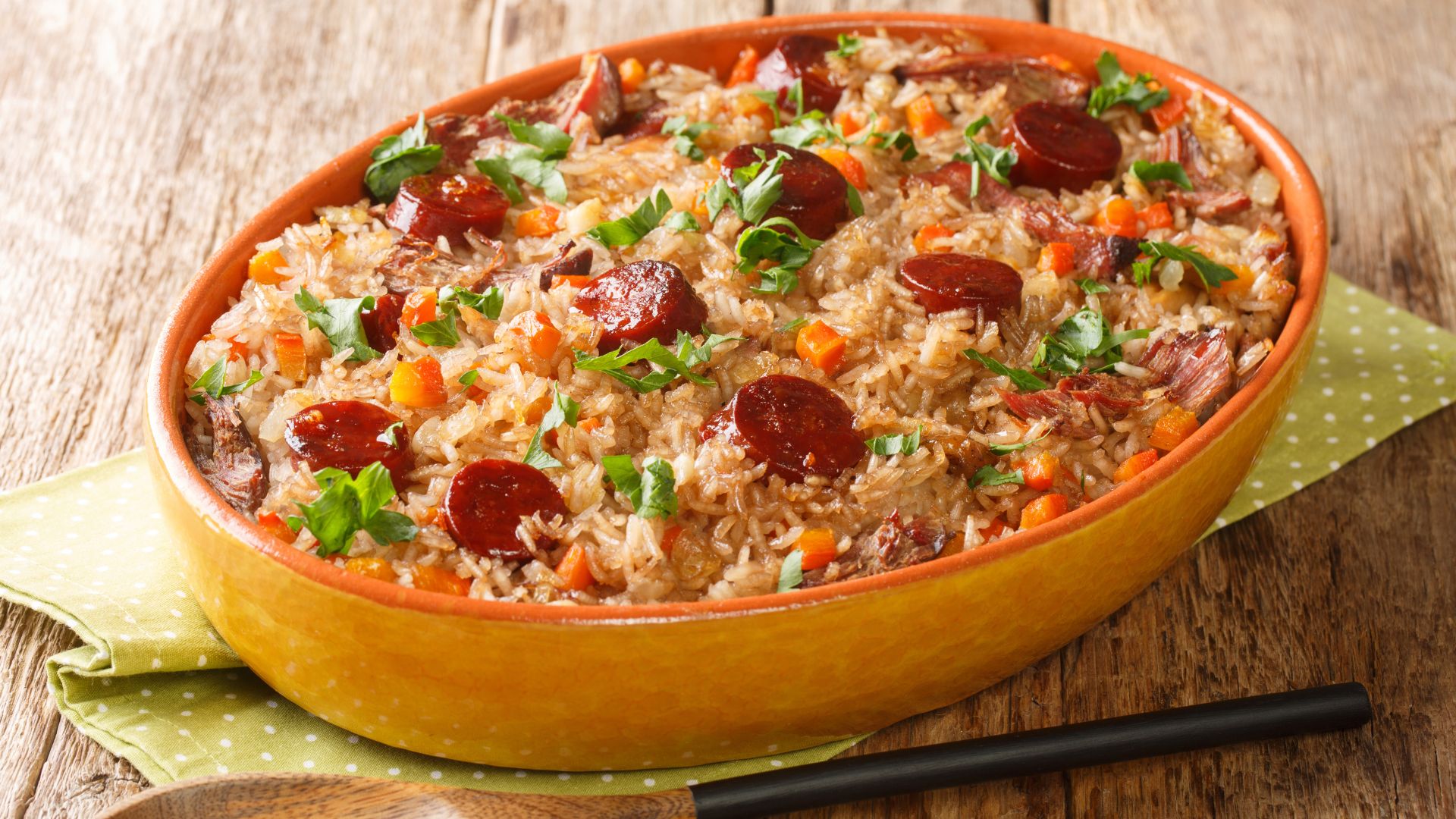
Michelin-Starred Restaurant Recommendations
If you’re in the mood for fine dining, Porto’s got you covered. My top pick is The Yeatman, a Michelin-starred spot with Douro River views. Their tasting menu blends tradition with creative twists and local ingredients.
Antiqvvm stands out too, with artistic plates and a gorgeous room overlooking the city. I tried a multi-course menu here—think unique takes on Portuguese classics like suckling pig and fresh Atlantic seafood.
Pedro Lemos is a great splurge for lunch, set inside a charming historic home. The wine pairings are spot-on, featuring local port and vinho verde. Definitely book ahead if you want to fit these into your Porto foodie journey.
Day 3: Port Wine Cellars, Douro River Views, and Wine Tasting Adventures
On my last day in Porto, I dove into the city’s wine culture, chasing amazing views and tasting the best of the Douro region. From historic cellars along the river to jaw-dropping panoramas and delicious pairings, every stop gave me another reason to fall even harder for this city.
Touring Iconic Wine Cellars Along the Douro
I kicked off my morning by crossing the Luís I Bridge into Vila Nova de Gaia. This side of the river is lined with traditional port wine cellars, many of them centuries old.
The air here really carries that unmistakable scent—a mix of wine and old wood barrels. It’s hard not to notice.
I stopped by Graham’s, Sandeman, and Burmester. Each one had its own vibe. Graham’s felt grand and a bit imposing, with those endless rows of barrels, while Sandeman won me over with its playful, cape-wearing mascot.
Guides walked us through the port-making process, from grape picking in the Douro Valley to aging the wine in cool, shadowy cellars. They made it all sound simple, even for a first-timer.
Lots of cellars offer combo tickets, so you can visit a couple in one go for less money. If you’re coming in peak season, you’ll want to book ahead.
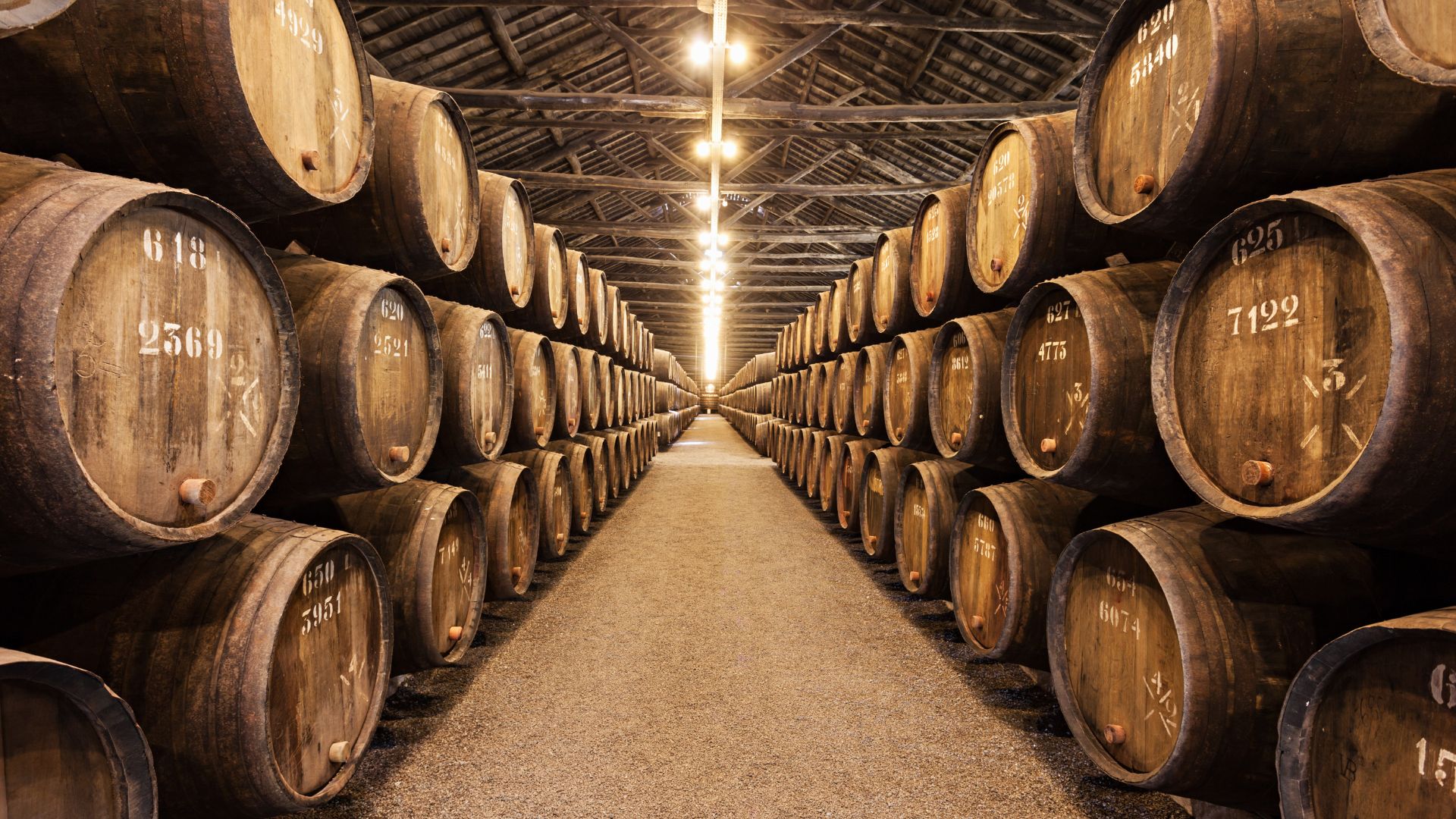
Port Wine and Wine Tasting Experiences
Honestly, nothing beats tasting port right where it’s made. I sat at a rustic table in a cellar’s tasting room, sampling ruby, tawny, and white ports.
My guide broke it down: ruby is bold and fruity, tawny comes across smoother and nutty, and white is lighter—perfect as an aperitif. Most places let you try three or four styles in one session.
Pairing tawny port with local cheese or a pastel de nata? Game changer. If you’re new to all this, just ask for food pairing tips—hosts love to help.
Some cellars, like World of Wine (WOW), have immersive exhibits about Porto’s wine story. I found these surprisingly interesting and a great intro before sipping.
Scenic Spots: Luís I Bridge, Miradouro da Vitória, and Clérigos Tower
Porto just keeps serving up amazing views. After my tastings, I wandered across the upper level of the Luís I Bridge.
From here, you get a real panorama—cellars on one side, Ribeira’s orange rooftops on the other, and the Douro River sparkling below. It’s a lot to take in.
Then I made my way to Miradouro da Vitória. This quiet lookout is a local favorite. I stood there, looking out over the bridge, the historic center, and those bell towers poking above the rooftops.
Later, I climbed all 240 steps of the Clérigos Tower. The view on top? Worth every step. Even after a few trips to Porto, I never get tired of it.
Discovering Douro Valley Food and Wine Pairings
Tasting port is only part of the story. The Douro Valley’s food traditions are just as rich.
Plenty of cellars in Gaia offer guided tastings with food pairings. My favorites included local sheep’s cheese, salted almonds, and little bites of bacalhau (salt cod)—a classic around here.
Some cellars go all out with full lunch or dinner menus. They’ll pair aged ports with hearty dishes like francesinha or simply grilled seafood.
At Graham’s, I had lunch on the terrace with sweeping Douro views, sipping port and digging into arroz de marisco—a savory seafood rice. It just felt right.
If you want to go deeper, day trips to the Douro Valley get you right into vineyard country. Small, family-run estates let you walk through the vines, chat with winemakers, and enjoy farm-to-table meals in the sun.
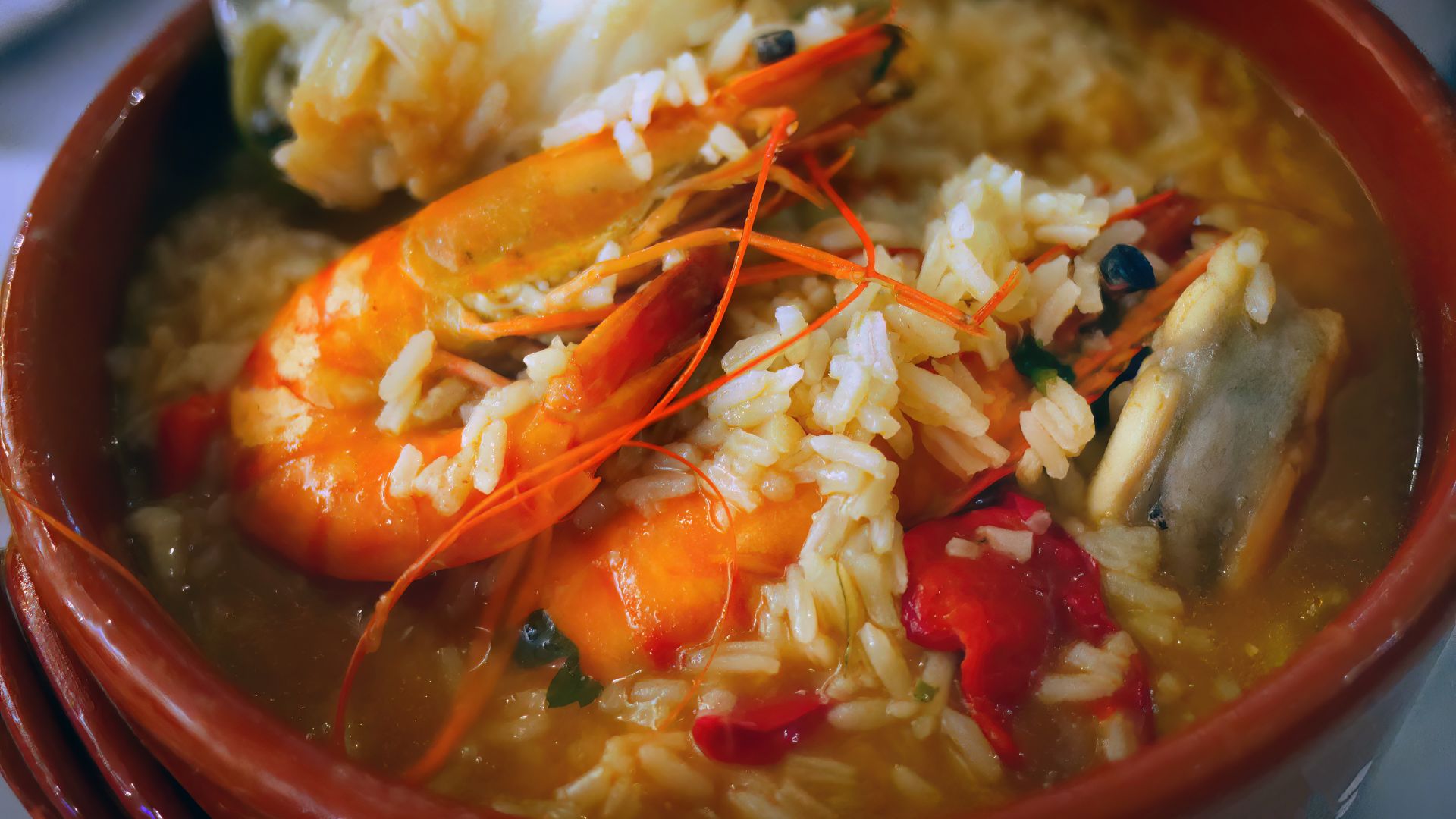
Local Bars, Coffee Spots, and After-Dark Food Experiences
Porto after dark shifts gears. The city fills up with lively bars, cozy cafes, hidden Fado spots, and creative late-night food.
I always find something new at night—there’s a different energy when the sun goes down.
Best Bars for Nightlife and Portuguese Drinks
The Ribeira district is where I love to watch Porto’s nightlife come alive. I usually start with a white Port and tonic at Vinhas d’Alho—the river view is just unbeatable.
Porto’s bars serve up local favorites like Super Bock beer, ginjinha (that sweet-sour cherry liqueur), and, of course, Port wine. At Candelabro, a bookshop-turned-bar, I felt like I’d stumbled on a secret.
Locals and travelers gather here for good drinks and quiet conversation under dim lights. If you want more buzz, Galerias de Paris Street is packed with energetic bars and late-night eateries.
The vibe is a mix of music, laughter, and the scent of petiscos (Portuguese snacks). Try a glass of vinho verde or a craft cocktail. Here’s a quick cheat sheet:
| Bar Name | Specialty Drink | Vibe |
|---|---|---|
| Vinhas d’Alho | White Port & Tonic | Chill, Scenic |
| Candelabro | Ginjinha | Cozy, Artsy |
| Aduela | Craft Beer | Lively, Social |
| The Royal Cocktail Club | Signature Cocktails | Modern, Chic |
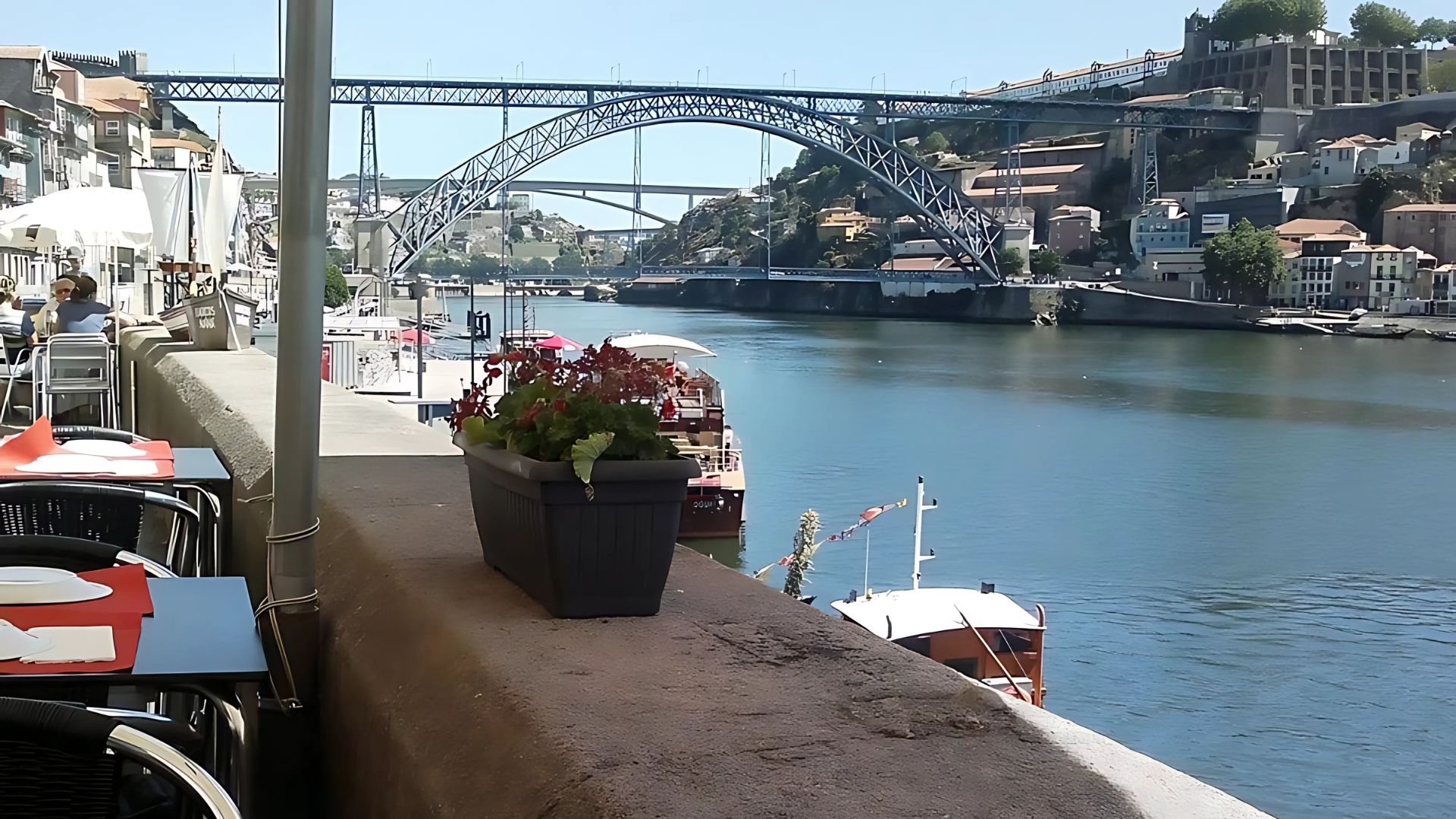
Savoring Coffee Culture and Late-Night Pastries
Coffee breaks are essential in Porto. My mornings usually began at Combi Coffee with a strong espresso, and I often ended the night with a galão or meia-de-leite.
The city’s cafés are stylish but never too formal. Many stay open late, especially along Rua das Flores or near the University.
My favorite late-night treat? Chasing down pastries. At Confeitaria do Bolhão, I bit into a warm pastel de nata well past midnight.
Other favorites: rice cakes and jesuítas—simple, sweet, and perfect with coffee. Some cafes offer light seafood bites or toasts, which are a lifesaver after a night out.
Baristas here are friendly and often tip you off to pastry shops still open after hours.
Live Music, Fado Shows, and Social Tapas
Porto’s music scene is just as rich as its food. The sound of Fado drifts from small venues like Casa da Mariquinhas.
I spent an evening there, sipping Port and listening to soulful singing and guitar. Live music bars along Rua Galeria de Paris mix jazz, pop, and traditional tunes.
Late-night tapas—or petiscos—became my go-to snack when the music made me hungry.
Shrimp piri-piri, bacalhau fritters, and octopus salad are must-tries. Sharing plates at Taberna Santo António made me feel right at home.
Seafood-focused tapas bars seem to pop up everywhere, with clams in garlic and fried sardines always on offer. Eating and listening to live music—honestly, it’s the best way to end a Porto day.
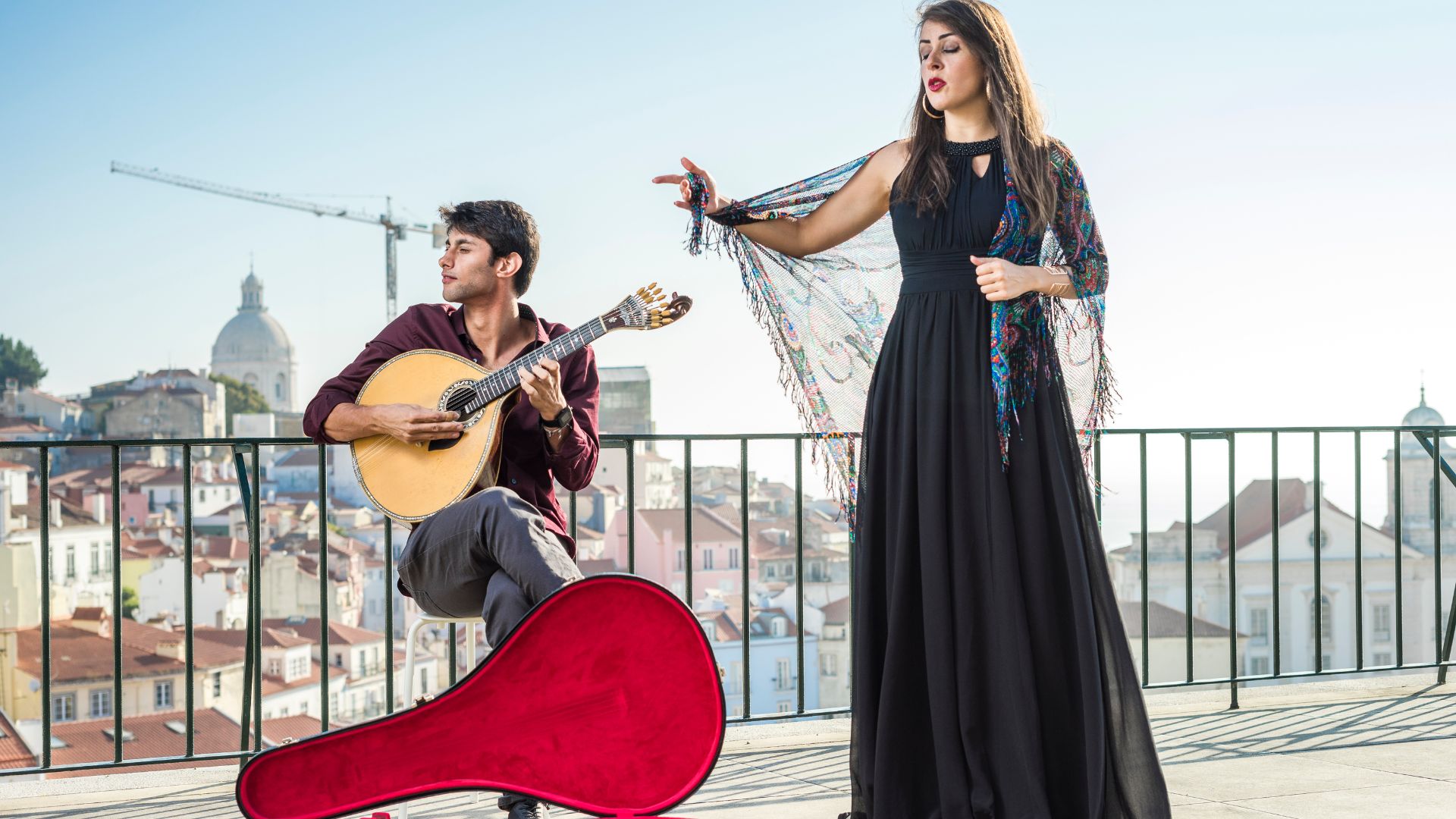
Uncovering Porto’s Contemporary Food Scene
Modern Porto brings together old flavors and new ideas. At Flow Restaurant & Bar, I tried dishes that balanced local seafood with seasonal veggies.
The chef’s cuttlefish risotto and smoked sea bass really surprised me. Trendy bars like Catraio pour local craft beers and serve inventive snacks, drawing in a younger crowd.
I found late-night bites at spots like Brick Clérigos, where global street food mixes with classic Portuguese ingredients.
Food halls like Mercado Bom Sucesso let chefs experiment with petiscos, pastries, and sweets. Sampling creative dishes—everything from cod croquettes to modernized éclairs—while soaking up the city’s vibe late into the night? It’s a must.
Immersive Experiences and Beyond: Bookshops, Markets, and Culinary Excursions
Porto’s bookshops, bustling markets, and easy day trips made my journey feel packed with stories and flavors. Every stop had its own charm, from the smell of fresh bread to street musicians and the taste of traditional Portuguese dishes.
A Visit to Livraria Lello and Nearby Cafés
Stepping into Livraria Lello felt like walking into a hidden jewel box. The stained-glass ceiling and winding wooden staircase stopped me in my tracks.
As a book lover, I was swept up by the beautiful shelves and the quiet buzz of visitors tracing their fingers along the spines.
Just outside, Rua das Carmelitas has a string of charming cafés. I grabbed a bica at Café Progresso and watched the street come alive.
If you need a quick bite, this neighborhood has pastries like pastel de nata and piping-hot toasts. Honestly, you could spend a whole morning just browsing books and hopping between cafés.
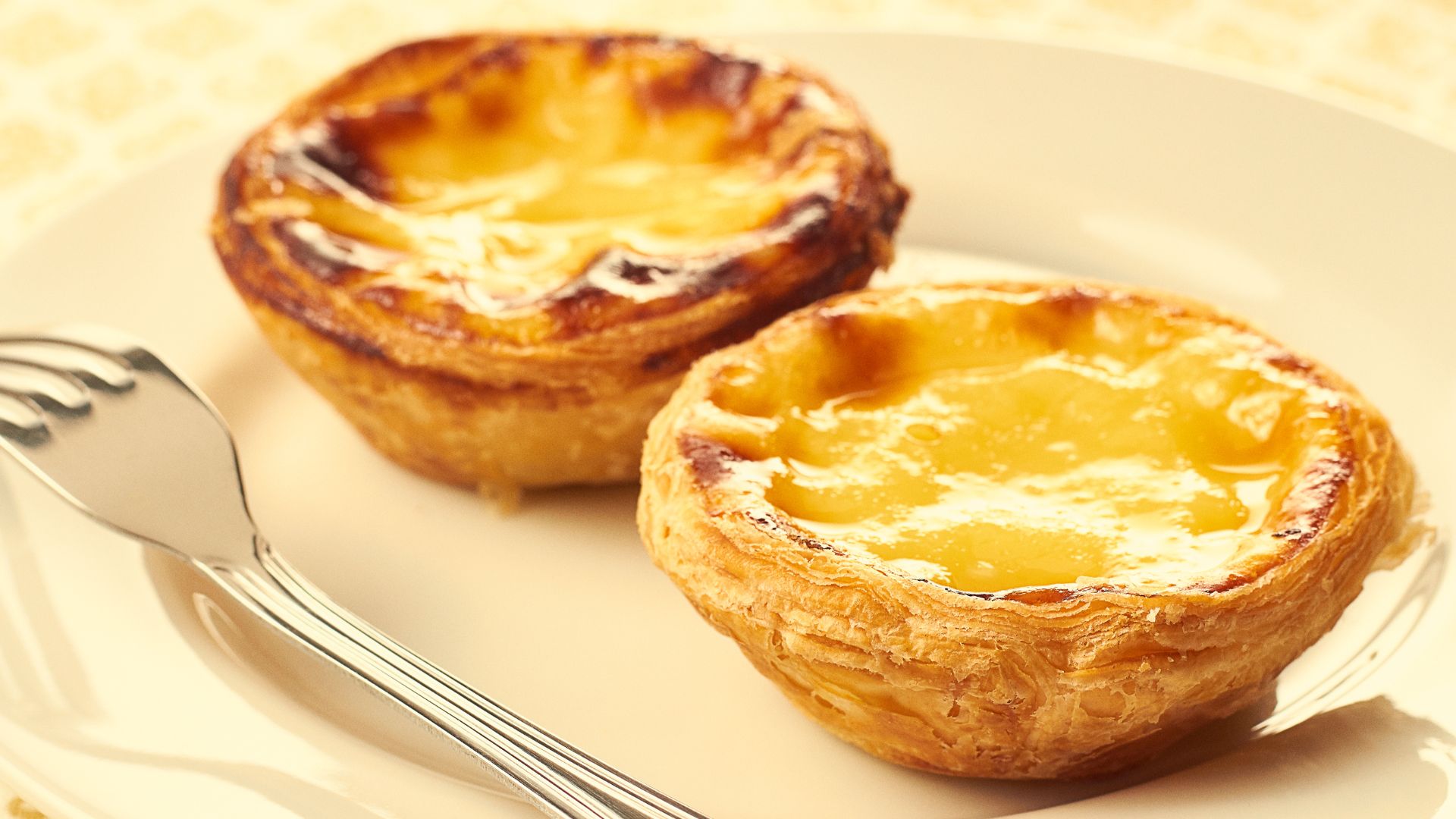
Exploring Food Tours and Local Markets
Porto’s food scene comes alive in its markets and food tours. I started at Mercado do Bolhão—a lively place full of local produce, cured meats, cheeses, and bakers who’ve worked these stalls for decades.
Vendors often handed me samples of olives or salted cod (bacalhau), sometimes tossing in a quick story or cooking tip.
Joining a small-group food tour took things to another level. Local guides introduced me to the heart of Portuguese cuisine: tasting tascas, learning about port in historic cellars, and even discovering Phoenix-shaped pastries.
Family-run shops stood out. Generations here have perfected their craft. Food tours and markets? They’re the best way to connect with Porto’s flavors and people.
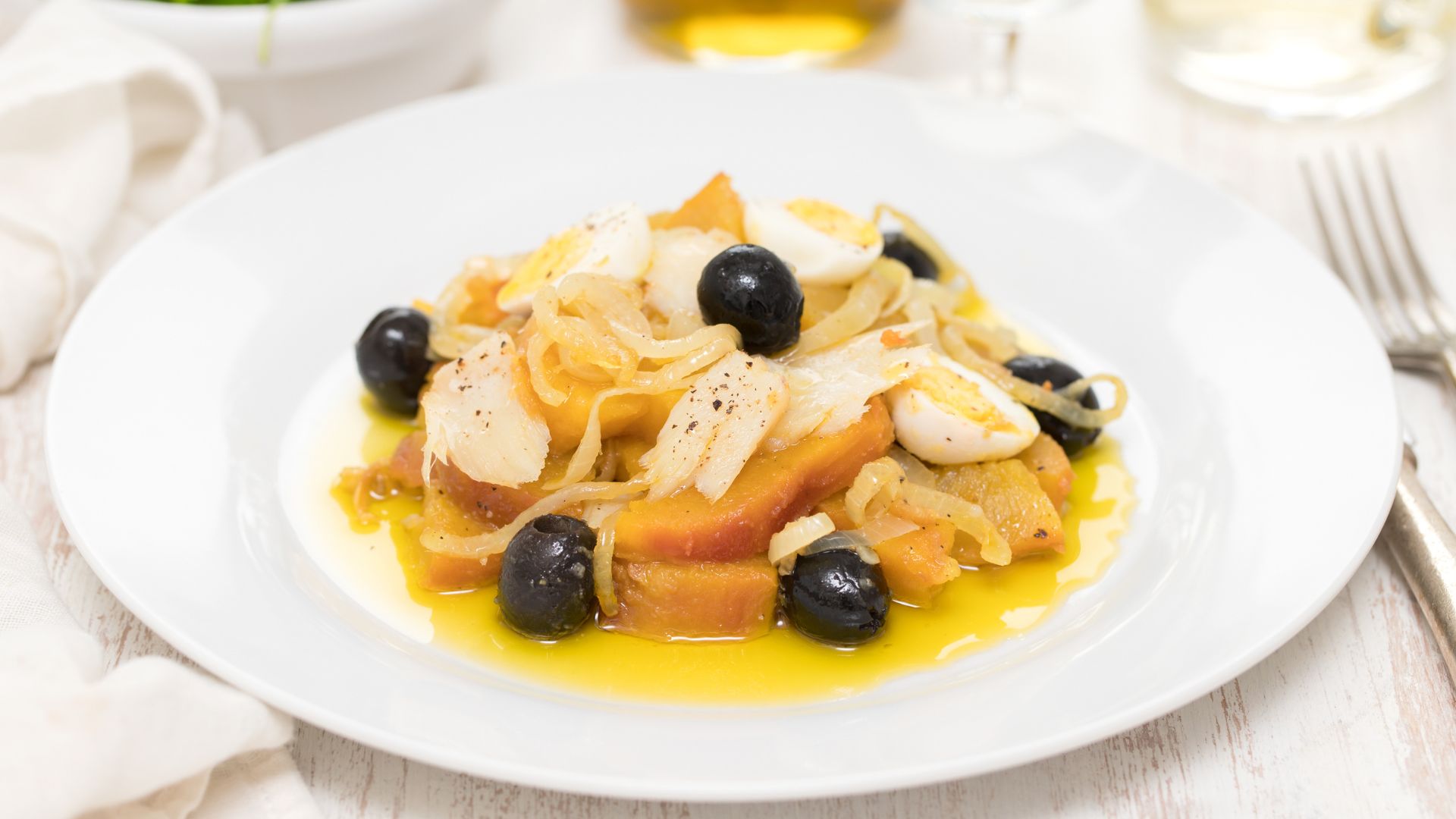
Day Trips: Lisbon, Barcelona, and Hiking in the Douro
Lisbon and Barcelona are only a few hours away by train or bus, and each city brings its own food scene.
On a Lisbon day trip, I tried iconic dishes like bacalhau à Brás and sampled pastéis de Belém—crispier than Porto’s custard tarts. The markets there buzzed with fresh seafood and unique cheeses.
Barcelona offered a different twist with tapas bars and sparkling cava, a nice contrast to Portugal’s sweet port wines. Even a quick flight turns the journey into a cross-cultural food adventure.
Closer to Porto, hiking in the Douro Valley gave me both adventure and incredible vineyard views. I wandered past terraced hills and tasted port wine right at its source—an unbeatable escape from city crowds.

Comparing Porto’s Cuisine with Nearby Destinations
Porto’s cuisine feels hearty and bold. You’ll get dishes like francesinha, a stacked sandwich oozing with melted cheese and spicy sauce—it’s honestly nothing like what you’ll find in Lisbon or Barcelona.
Local tascas in Porto serve up meals packed with pork, tripe, and stews you won’t forget anytime soon. In Lisbon, though, the flavors get lighter, with plenty of seafood and rice popping up on menus.
Barcelona? It’s all about those tapas—little bites that pair perfectly with a cold glass of cava. I have to say, Porto really leans into comfort and deep flavors, while its neighbors offer more variety and a lively street food vibe.
Sampling salty sardines in Portugal or sipping sparkling wine in Spain, you start to notice how every region tells its own food story. Isn’t that the best part of traveling?
